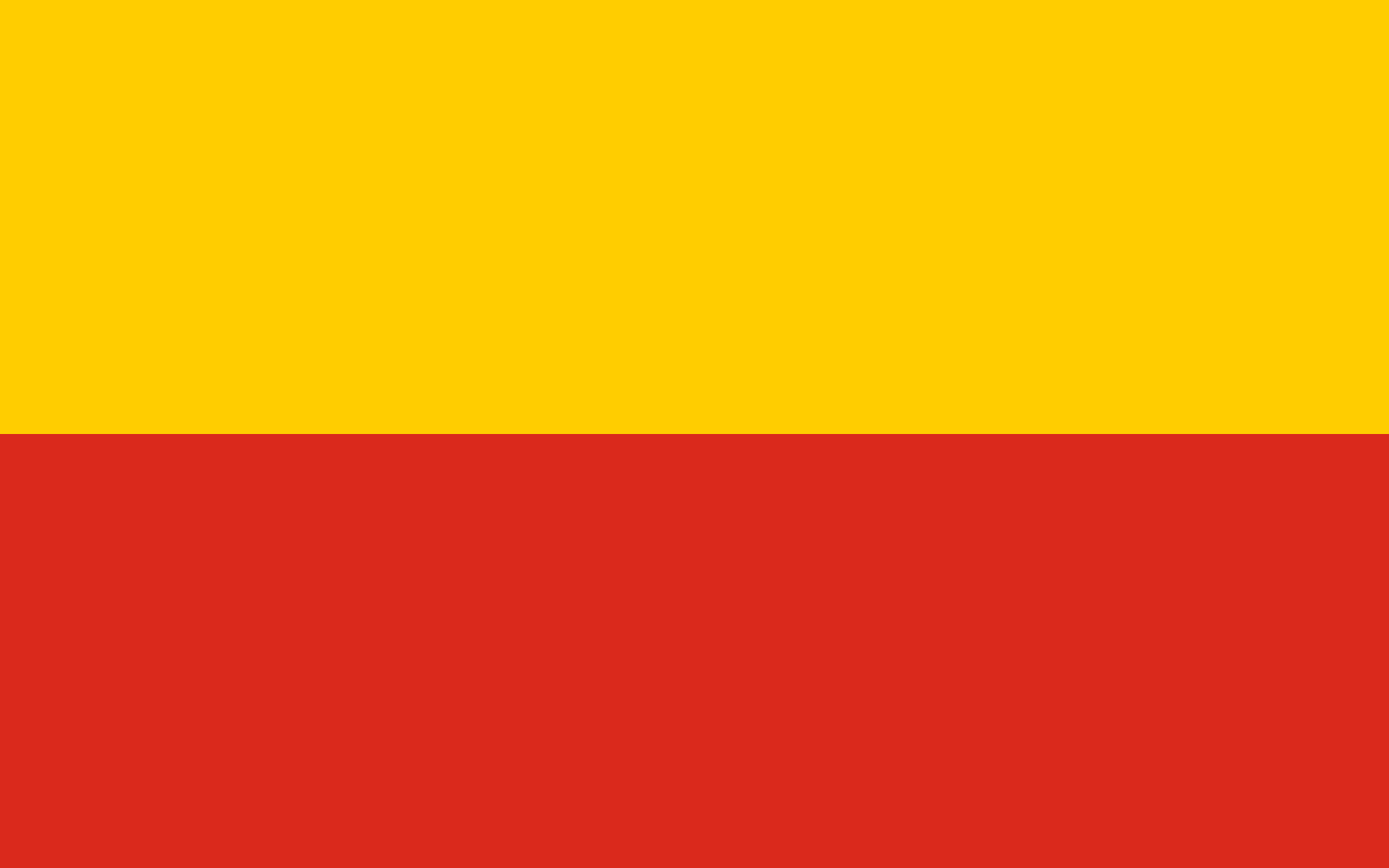Your next trip in:
Warsaw
What to do there
First of all the old town of Warsaw is really worth a visit.
Then there are a lot of Museums to explore since Warsaw is a city that combines very well the traditional with the contreporary. One of these Museums is the Copernicus Science Centre.
If you like more to learn more the history of a place and its music tradition I highly recommend the Fryderyk Chopin Museum. Fryderyk Chopin was a a Polish composer and virtuoso pianist of the Romantic period, who wrote primarily for solo piano.
If you are a football fan then a visit in the Stadion Narodowy is also worth a visit. A ticket tour costs from 20 – 35 PLN (Approx. 4.5 – 8 Euro).
What to eat there
Polish cuisine has evolved over the centuries to be very eclectic, and shares many similarities with other national cuisines. Polish cooking in other cultures is often referred to as à la polonaise.
Polish cuisine is rich in meat, especially pork, chicken and game, in addition to a wide range of vegetables, spices, fungi and mushrooms, and herbs.It is also characterised by its use of various kinds of pasta, cereals, kasha and pulses In general, Polish cuisine makes extensive use of butter, cream, eggs, and seasoning. Traditional dishes often demand lengthy preparation. Many Poles take time to serve and enjoy their festive meals, especially Christmas Eve dinner (Wigilia) on December 24, or Easter breakfast, both of which could take several days to prepare.
Among popular Polish national dishes are bigos, pierogi, kotlet schabowy (pork loin breaded cutlet), zrazy (roulade), cucumber soup and mushroom soup.
How to get there
Warsaw’s International Airport is located just 7km southest from the city Center. It is connected with the suburban train, regular train lines and Bus Lines.
If you prefer the car, Warsaw is very well connected with the surrounding countries and areas.
If you prefer the train there are also many international connections to reach the capital without any problem.
Last but not least Bus Services are also an inexpensive way to reach Warsaw.

